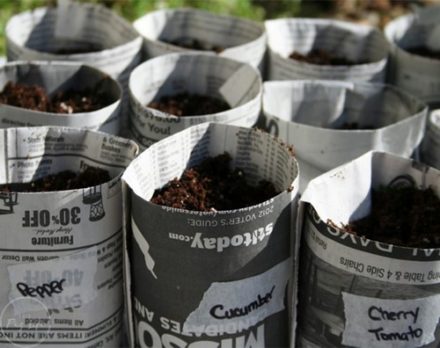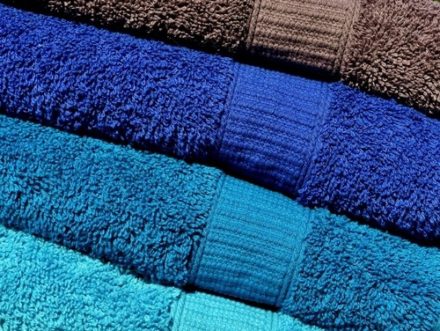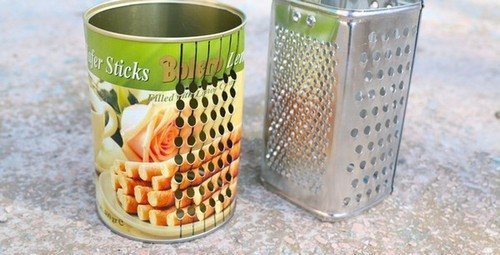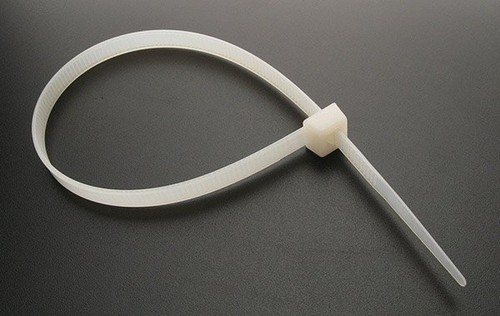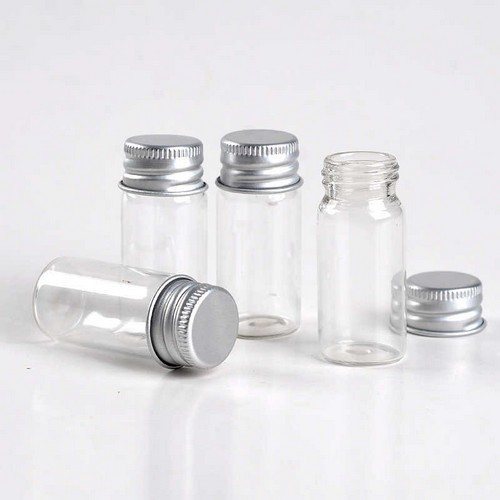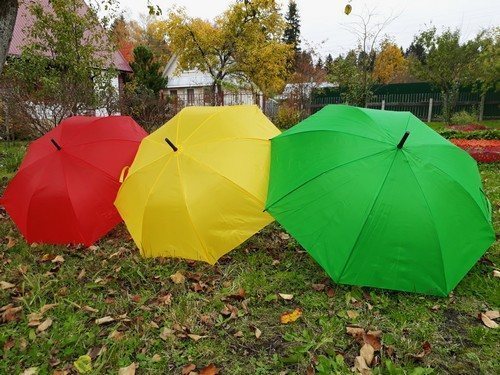Glycerin is a universal remedy that has been used in medicine externally and internally for several centuries to treat certain diseases. As cosmetology developed, glycerin, thanks to its properties, found a place here too. However, the field of activity of the product is gradually expanding. Increasingly, they began to resort to glycerin when solving everyday problems.
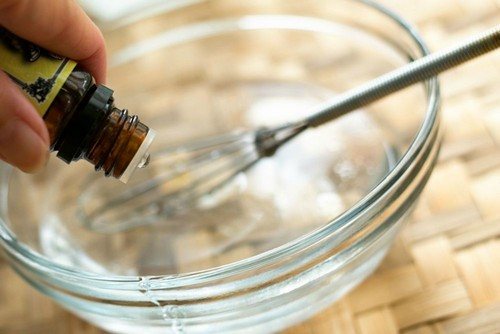
About glycerin
This is an organic compound that is a colorless viscous liquid, sweetish in taste, and odorless. The product is made from vegetable fats, although there are synthetic compounds.
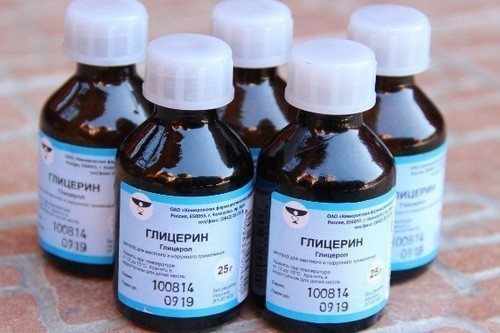
There are 3 types of glycerin used in everyday life:
- crude product containing 40–90% pure substance;
- technical form, in which 95–98% glycerol;
- pharmaceutical nutrient, where the product is 100% pure.
The product is sold in specialty stores or regular pharmacies. When purchasing, choose a package marked “Natural”. Otherwise, harmful effects may occur.
Glycerin – a cleaning assistant
With the help of this product, every housewife will bring perfect cleanliness to the house.
Mopping floors
Add 2 tbsp. spoons of the drug into a bucket of water and wash the floors in the usual way. Any coating will shine like new.
From dust
Dust will not settle on varnished and polished furniture and mirror surfaces for a long time if you rub them with a cloth moistened with the preparation. In addition, household items will sparkle with new colors after the procedure.
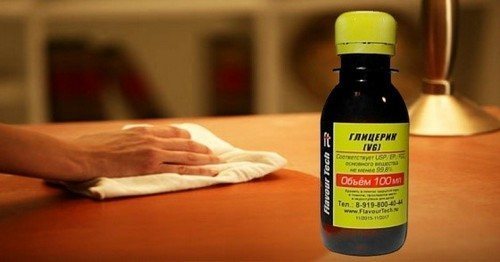
For glass
You can wash the windows with a composition containing 70 ml of water, 30 g of glycerin and 4-5 drops of ammonia. The windows will remain sparkling and protected from dust for a long time.
If the windows fog up or freeze, mix glycerin and ethyl alcohol in a ratio of 1:10 and apply to the glass from the inside. Then wipe with a dry natural cloth.
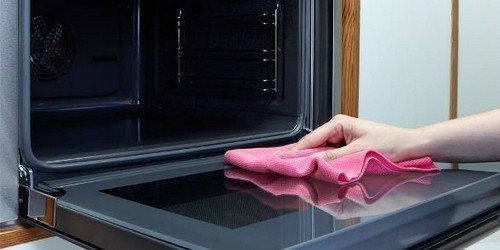
Updating leather furniture
If abrasions appear on leather furniture, treat all rough areas with the preparation. After several procedures, the quality of the furniture will improve, its fresh appearance will return, and wear and tear will become less noticeable.
Refrigerator gasket
The tightness of adhesion of the refrigerator door depends on the rubber band. Over time, elasticity decreases, and a slightly open door leads to food spoilage and problems with the motor. Therefore, after washing the refrigerator, the gum is rubbed with glycerin to maintain elasticity.
Removing stains
The product saves clothes from various contaminants. It works alone or in combination with other ingredients. Moreover, it often does a better job of removing stains than detergents.
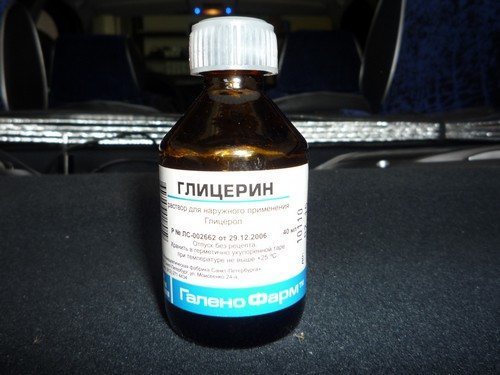
Oily stains
To remove greasy stains from fish, milk, and canned food, heated glycerin is used. It is applied to the stain, where it remains for half an hour. The item will not deteriorate if you rub it with a hard sponge or toothbrush. Then the product is washed with powder.
Rust
Cleaning algorithm:
- mix liquid soap, glycerin, water, taken 10 ml each;
- apply the composition with a sponge to rust stains;
- wait a day;
- wash clothes in the usual way.
To treat white items, chalk is used instead of soap.
Dyes (paints, inks)
Procedure:
- ammonia and glycerin are mixed in equal volumes;
- applied to the product;
- wait 1 hour;
- washable with any powder.
The stains will go away if you act quickly and not put it off indefinitely.
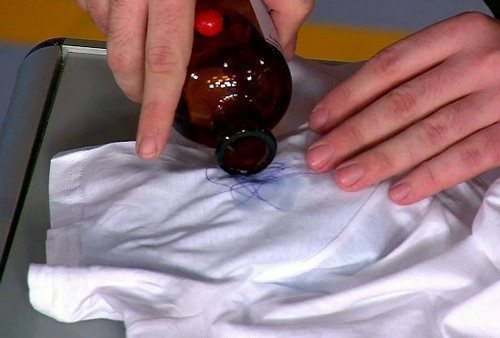
Spirits, juices, berries, tea, coffee
Wine stains are removed with a preparation heated to 50°. After applying the composition to the stains, rub them lightly. Then the items are washed in warm water by hand.
Avoid berry stains with glycerin mixed with egg yolk. The mass is applied to the problem area. After 3 hours, the composition is removed with a damp sponge. Product consumption: 1 egg yolk per 30 ml of product.
In a similar way, you can deal with coffee, tea, and chocolate stains on colored fabrics. But wool and silk items are cleaned in the following way:
- Mix glycerin and ammonia in equal volumes. Add 3 times more water.
- Apply a cotton pad (swab) to the stain.
- Wait 10 minutes.
- Remove the composition with a damp sponge.
Traces of chocolate are removed using the same technology, combining glycerin, water, and table salt in equal volumes.
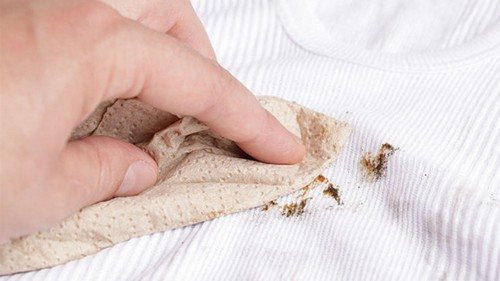
To remove stains from coffee or tea from light-colored items, you can perform the following manipulations:
- Heat the glycerin in a water bath.
- Rub it into dirty areas.
- Wait a third of an hour.
- Remove the composition with a damp cloth.
- Dry the product.
Glycerin will not only rid things of random stains, but will also save money on expensive stain removers.
Softening after washing
Some items become rough to the touch after cleaning or washing. The drug will return them to their original softness.
Towels, linen, knitwear
Wash your items as usual, but don’t rush to dry them right away. Hold for 20 minutes in a container with an aqueous solution of glycerin. 5 g of product per 3 liters of water is enough.Then rinse in an ammonia solution prepared at the rate of 1 teaspoon of ammonia per 1 liter of water. Wring out and dry. The laundry will become soft and tender.
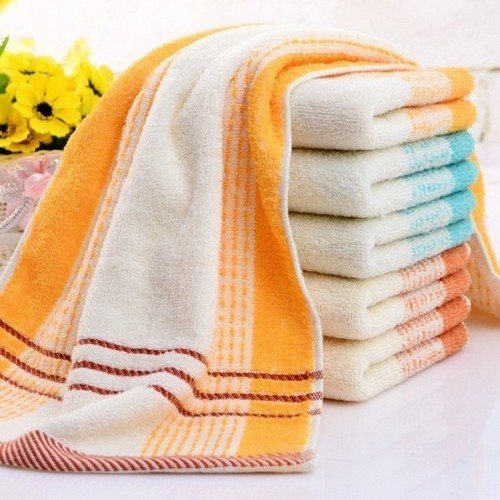
Leather items
Items made of genuine leather, jackets, bags, trousers, shoes are cleaned of stains with chemical compounds. They make the skin rough, lose its shine and softness. Therefore, after treatment with chemicals, leather items are moisturized with glycerin. The drug is applied to a sponge and rubbed onto the leather surface. This procedure will protect the item from cracks and maintain softness and shine.
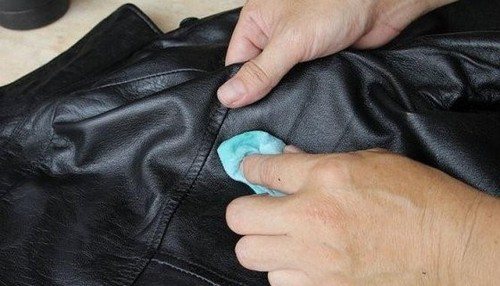
How to get rid of glycerin
When used, glycerin sometimes eats into the fibers of the fabric and cannot be removed. In this case, the item is cleaned with water. Begin to get rid of the product with water at room temperature. If stains cannot be removed, the water temperature is increased to boiling water. The item is soaked in it. To clean natural fabrics, add 5-6 drops of lemon juice.
If the removal method does not justify itself, use harmless solvents.
Glycerin is used in medicine, technology, and cosmetology. Its use in everyday life gives good results and saves time and money, which is spent on expensive, but not always effective drugs. Experienced housewives are constantly looking for new areas of using products in everyday life, with the goal of forever abandoning harmful chemicals.


